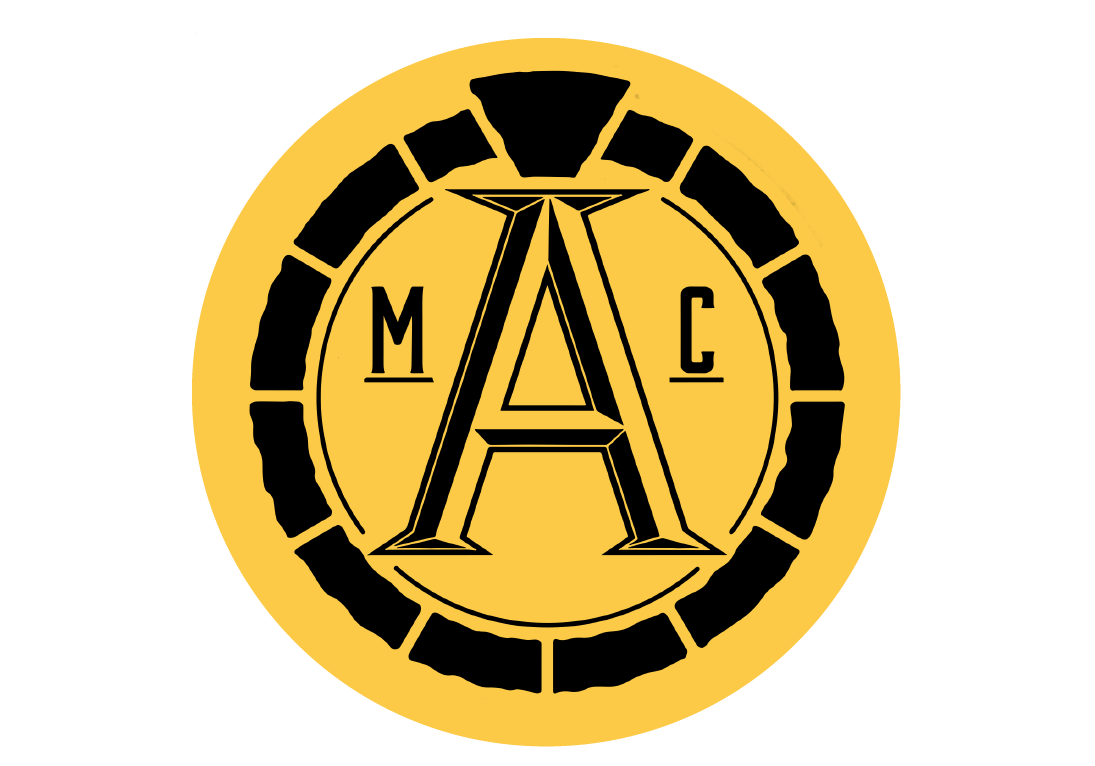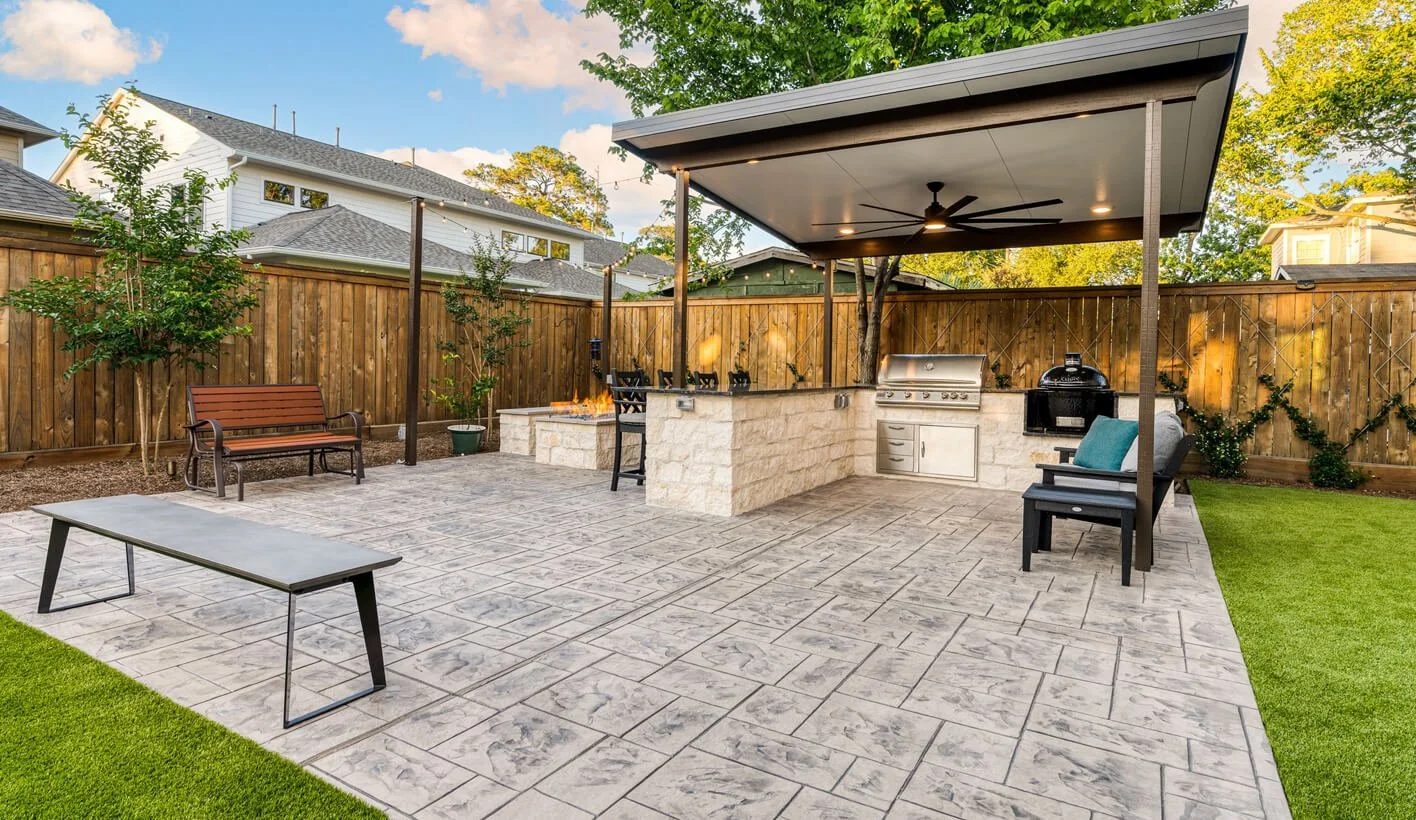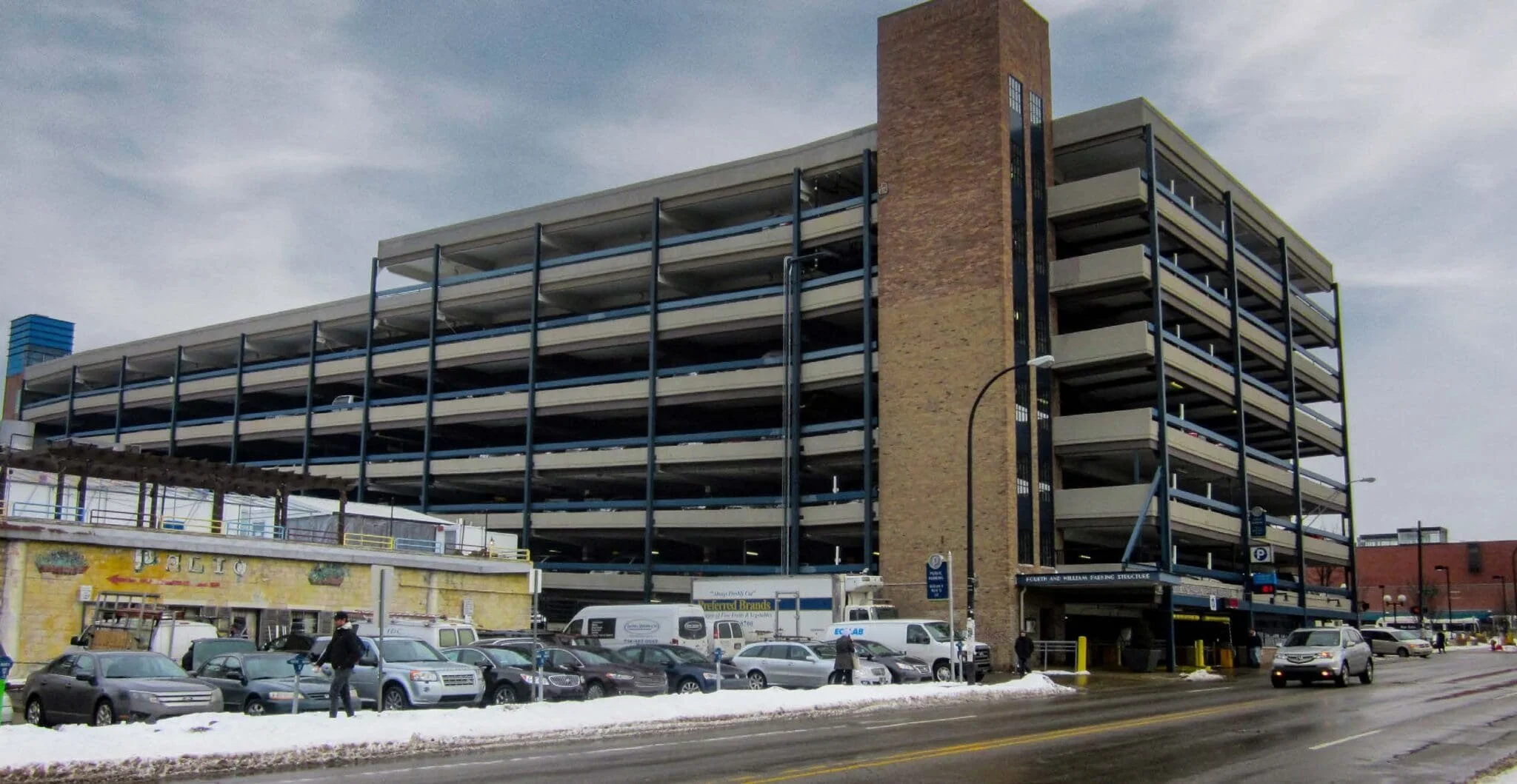The Capabilties & Applications of concrete:
Concrete is one of the most essential and widely used materials in the modern construction industry. From the foundations of our homes to towering skyscrapers and massive infrastructure projects, concrete plays a vital role in shaping the built environment. Its unique combination of strength, durability, adaptability, and sustainability makes it an invaluable material across a wide range of applications.
This article explores the core capabilities of concrete and the many ways it is used in construction, design, and environmental solutions.
Concrete: Strength in Simplicity
Concrete is a composite material typically made from three key ingredients: cement, water, and aggregates (such as sand, gravel, or crushed stone). When mixed, these components undergo a chemical reaction called “hydration”, which causes the mixture to harden and gain strength over time. Concrete's inherent compressive strength allows it to withstand huge amounts of pressure with standard concrete handling up to 5000 PSI, making it ideal for all structural applications. When combined with steel rebar for reinforcement (making it known as reinforced concrete), it gains immense tensile strength, enabling it to handle tension and bending effectively instead of cracking and crumbling.
Key Applications of Concrete:
Infrastructure Development
Concrete is a foundational material in nearly all public infrastructure. Its durability and load-bearing capacity make it ideal for:
Roads and highways
Bridges and overpasses
Tunnels
Dams and reservoirs
Airport runways
Precasted concrete components are also commonly used in infrastructure projects, allowing for faster, safer, and more cost-effective construction. Precast concrete is when a component is made using a mold, dried until it hardens, and then transported to the job site where it can be set into place.
Concrete Seabridge
Decorative and Architectural Applications
Modern techniques have expanded concrete’s potential beyond the normal structural use. Decorative concrete can be shaped, colored, and textured to mimic materials like stone, brick, or wood. Common decorative applications include:
Stamped or color stained concrete floors
Concrete countertops
Outdoor walkways and patios
Custom-designed facades and installations
This blend of style and function makes concrete a favorite among many architects and designers.
Large Concrete Tile Patio
Residential and Commercial Construction
In the construction industry, concrete is used for:
Foundations and basements
Walls and columns
Floor slabs
Parking structures
Its ability to be used in custom molds allows for a wide range of architectural forms and designs. Additionally, concrete provides excellent fire resistance and noise reduction—two qualities highly valued in both residential and commercial properties.
Large Concrete Parking Structure
Environmental Structures
Concrete is used extensively in environmentally-focused projects and coastal infrastructure due to its strength and weather resistance. Some applications include:
Seawalls and piers
Flood barriers
Wastewater treatment plants
Pervious concrete pavements (which allow water to pass through, aiding in stormwater management)
Concrete’s adaptability to the extreme conditions of the ocean and harsh storms makes it a preferred choice in sustainable development and climate supporting projects.
A Massive Concrete Damn Under Construction
The Enduring Value of Concrete
Concrete has been a cornerstone of multiple civilizations over the course of centuries, and its relevance only continues to grow. Its versatility, strength, and adaptability make it indispensable across a wide range of applications—from infrastructure and housing to the artful design of architecture. Concrete is likely to see nothing but an exponential increase in use in the coming years as we find more and more reasons to love building with it.




